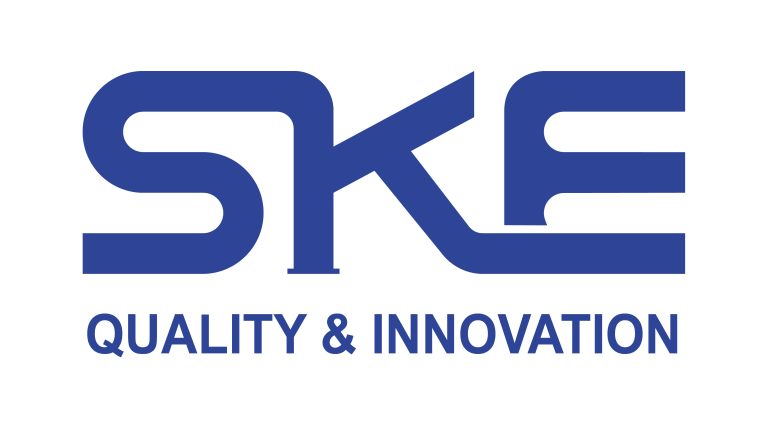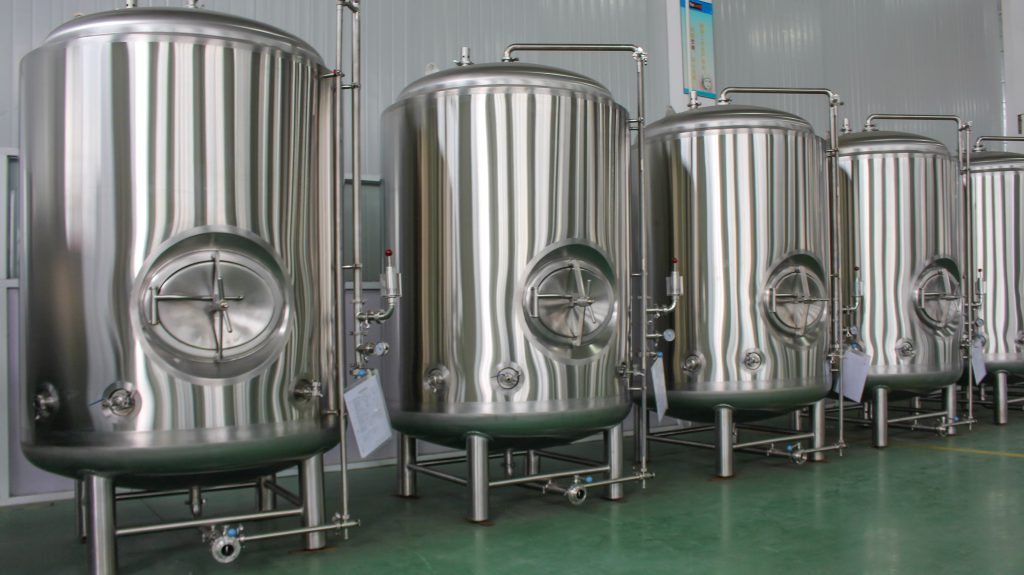Introduction

Embarking on the journey of brewing your own beer can be an incredibly rewarding experience. The aroma of fermenting wort, the satisfaction of crafting a unique flavor profile, and the joy of sharing your creation with friends and family are just a few of the perks. However, like any worthwhile endeavor, successful homebrewing hinges on having the right tools. This comprehensive guide will delve into the essential brew beer equipments you’ll need to get started and continue to refine your brewing process. Understanding the function and quality of different brew beer equipments is paramount for producing consistent and delicious beer. We will explore various aspects of brew beer equipments, from initial setup to advanced upgrades, ensuring you have a solid foundation for your brewing adventures.
Essential Brew Beer Equipments for Beginners
For those new to the world of homebrewing, a basic set of brew beer equipment is necessary to get started. This initial investment will allow you to brew a wide range of beer styles and develop your skills.
The Brew Kettle: Heart of Your Brew Beer Equipment
The brew kettle is arguably the most crucial piece of your brew beer equipment. This large pot is where you’ll heat your brewing water and boil your wort – the sugary liquid extracted from malted grains. For beginners, a stainless steel kettle with a capacity of at least 5-10 gallons is recommended. Stainless steel is durable, easy to clean, and doesn’t react with the brewing ingredients. Consider features like volume markings and a tri-clad bottom for even heat distribution when selecting your brew kettle among the essential brew beer equipments.
Mash Tun: Extracting Sugars with Brew Beer Equipment
The mash tun is another vital component of your brew beer equipment. This is the vessel where you’ll mix your crushed grains with hot water (strike water) to create a mash. During the mashing process, enzymes in the malt break down starches into fermentable sugars. A simple and effective mash tun for beginners can be a food-grade plastic bucket with a false bottom or a manifold system to separate the sweet wort from the spent grains. More advanced brew beer equipments include insulated mash tuns to maintain a stable temperature throughout the mash.
Lautering Equipment: Separating Wort with Brew Beer Equipment
Lautering is the process of separating the sweet wort from the grain bed. This crucial step in the brewing process requires specific brew beer equipment. A common method for homebrewers involves using the false bottom or manifold in the mash tun to filter the wort as it is drained into the brew kettle. Alternatively, a separate lauter tun can be used, especially for larger batches. Efficient lautering using appropriate brew beer equipments ensures a clear and sugar-rich wort for fermentation.
Fermentation Vessels: The Magic of Brew Beer Equipment
Fermentation is where the magic truly happens, and suitable brew beer equipments are essential. Fermentation vessels are containers where yeast consumes the sugars in the wort, producing alcohol and carbon dioxide. Common options for homebrewers include food-grade plastic buckets and glass carboys. Stainless steel fermenters are also gaining popularity due to their durability and ease of sanitation. It’s crucial to have an airtight seal and an airlock to allow CO2 to escape while preventing contaminants from entering your brew beer equipment.
Bottling or Kegging Equipments: Packaging Your Brew Beer
Once fermentation is complete, you’ll need brew beer equipments for packaging your beer. Bottling requires bottles (typically 12 or 22 ounces), a bottling bucket with a spigot, a bottle filler, and a capper. Kegging, on the other hand, involves transferring your beer to a keg and using CO2 to carbonate and dispense it. Kegging brew beer equipment include the keg, CO2 tank, regulator, and dispensing tap. The choice between bottling and kegging often comes down to cost, convenience, and the desired scale of your brewing operation.
Intermediate Brew Beer Equipments for Enhanced Brewing
As you become more experienced, you might consider upgrading your brew beer equipments to improve efficiency, consistency, and the quality of your beer.
Wort Chiller: Cooling Wort Efficiently with Brew Beer Equipment
A wort chiller is a significant upgrade to your brew beer equipments. Rapidly cooling your wort after the boil is crucial for preventing off-flavors and reducing the risk of contamination. Immersion chillers, which are copper or stainless steel coils placed directly in the brew kettle, and counterflow chillers, which pass hot wort and cold water in opposite directions, are popular options. Investing in a wort chiller as part of your brew beer equipments can significantly improve your brewing process.
Specific Gravity Measurement Tools: Monitoring Fermentation with Brew Beer Equipment
Accurately measuring the specific gravity of your wort and beer is essential for monitoring fermentation and calculating the alcohol content. A hydrometer is a classic and affordable piece of brew beer equipments for this purpose. Refractometers offer a more convenient way to measure specific gravity using a smaller sample. Consistent use of these brew beer equipments allows you to track the progress of fermentation and ensure it finishes correctly.
Temperature Control Equipments: Precise Fermentation with Brew Beer Equipment
Maintaining precise fermentation temperatures is crucial for producing high-quality beer. While ambient temperature can work for some styles, investing in temperature control brew beer equipments can significantly improve the consistency and flavor of your brews. Options range from simple temperature controllers used with refrigerators or freezers to more sophisticated glycol chilling systems. Consistent temperature control, facilitated by these brew beer equipments, minimizes off-flavors and ensures optimal yeast activity.
Oxygenation System: Healthy Fermentation with Brew Beer Equipment
Oxygenating your wort before pitching yeast is vital for healthy fermentation. Yeast needs oxygen to multiply and build strong cell walls. While shaking the fermenter can introduce some oxygen, a dedicated oxygenation system using an oxygen tank and diffusion stone is a more effective way to ensure proper oxygen levels. This addition to your brew beer equipment can lead to faster and more complete fermentation.
Advanced Brew Beer Equipments for Professional Results
For serious homebrewers looking to achieve professional-level results, advanced brew beer equipments can offer greater control and efficiency.
All-Grain Brewing Systems: Complete Control with Brew Beer Equipments
Moving to an all-grain brewing system provides complete control over the brewing process, from mashing to boiling. These systems, which can be either three-vessel setups or all-in-one electric units, represent a significant upgrade in brew beer equipments. They allow for more complex recipes and greater consistency in wort production. Investing in a quality all-grain system as part of your brew beer equipments opens up a wider range of brewing possibilities.
Automated Brewing Systems: Streamlining the Process with Brew Beer Equipments
Automated brewing systems further streamline the brewing process by automating many of the steps, such as temperature control, mashing schedules, and pump operations. These advanced brew beer equipments can save time and effort while ensuring precise and repeatable results. While a significant investment, automated systems can be a game-changer for dedicated homebrewers.
Yeast Starters Equipments: Ensuring Healthy Yeast Pitches
Creating a yeast starter involves propagating yeast in a small volume of wort before pitching it into your main batch. This practice ensures a healthy and active yeast population, leading to faster and more reliable fermentation. Essential brew beer equipments for yeast starters include flasks, stir plates, and sanitized containers. Using these brew beer equipments contributes to better fermentation and beer quality.
Water Chemistry Adjustment Equipments: Fine-Tuning Your Brew
Understanding and adjusting your brewing water chemistry can significantly impact the flavor of your beer. Advanced brew beer equipments in this area include water testing kits and various salts and minerals to adjust the water profile. While seemingly complex, mastering water chemistry with the right brew beer equipments can elevate your brewing to a new level.
Maintaining Your Brew Beer Equipments for Longevity
Proper maintenance of your brew beer equipments is crucial for ensuring their longevity and preventing contamination. Thorough cleaning and sanitization after each brew session are essential. Different materials may require specific cleaning solutions and techniques. Regularly inspect your brew beer equipments for any signs of wear and tear and replace parts as needed. Investing time in maintaining your brew beer equipments will save you money and frustration in the long run.
Choosing Brew Beer Equipments Based on Your Needs

The best brew beer equipments for you will depend on several factors, including your budget, brewing frequency, batch size, and desired level of control. Beginners might start with a basic starter kit and gradually upgrade, while more experienced brewers might invest in advanced systems. Consider your long-term brewing goals when making decisions about your brew beer equipments.
Here is a table summarizing some common brew beer equipments:
| Equipment Category | Essential Items | Intermediate/Advanced Items |
|---|---|---|
| Brewing Vessel | Brew Kettle | Larger Brew Kettle, All-Grain System, Automated System |
| Mashing & Lautering | Mash Tun (bucket with false bottom/manifold) | Insulated Mash Tun, Dedicated Lauter Tun |
| Wort Cooling | No Chiller (ice bath) | Immersion Chiller, Counterflow Chiller |
| Fermentation | Fermentation Bucket/Carboy, Airlock | Stainless Steel Fermenter, Temperature Control System, Oxygenation System |
| Packaging | Bottling Bucket, Bottle Filler, Capper, Bottles | Keg, CO2 Tank, Regulator, Tap |
| Measurement & Monitoring | Hydrometer, Thermometer | Refractometer, pH Meter |
| Cleaning & Sanitization | Cleaning Brush, Sanitizer | CIP (Clean-In-Place) System |
| Yeast Management | Sanitized Containers | Stir Plate, Flask |
| Water Treatment | Basic Water Source | Water Testing Kit, Brewing Salts |
Conclusion
Choosing the right brew beer equipments is the first step towards crafting delicious and satisfying homebrewed beer. Whether you’re a complete beginner or an experienced brewer looking to upgrade, understanding the function and quality of different brew beer equipments is paramount. By investing wisely in essential and advanced brew beer equipments, you’ll be well-equipped to explore the exciting world of homebrewing and create unique beers tailored to your taste. Ready to take the plunge and start brewing your own liquid gold? Contact us today to explore our wide selection of high-quality brew beer equipments and begin your brewing adventure!
FAQ
What size brew kettle should I start with?
For beginners, a brew kettle with a capacity of at least 5-10 gallons is recommended. A 5-gallon kettle allows you to brew 3-gallon batches comfortably, while a 10-gallon kettle provides more flexibility for larger batches in the future.
What is the most important piece of brew beer equipments for a beginner?
The brew kettle is arguably the most crucial piece of brew beer equipments for a beginner. It’s where the wort is boiled, a fundamental step in brewing. A good quality, appropriately sized stainless steel kettle will serve you well from your first brew onwards.
Is all-grain brewing better than extract brewing?
Neither method is inherently “better.” Extract brewing is a simpler method that uses malt extracts, making it ideal for beginners. All-grain brewing offers more control over the recipe and allows for a wider range of beer styles, but it requires more brew beer equipments and a more involved process.

